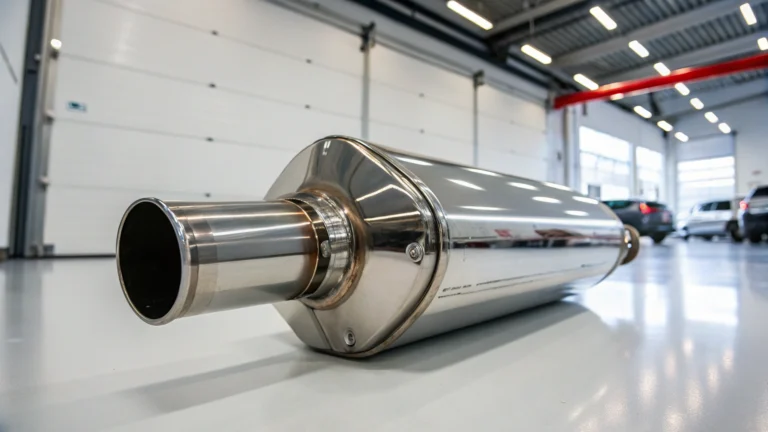5 Crucial Facts About Change Synthetic Oil You Must Know
Table of Contents
Changing synthetic oil is crucial for maintaining your vehicle’s longevity and performance. In this guide, we’ll explore essential steps and considerations to ensure you perform a synthetic oil change correctly and efficiently.
Understanding how to change synthetic oil can save you money and improve your car’s performance. By following best practices, you can enjoy a smoother ride and extend the life of your engine.
Change Synthetic Oil Correctly
Changing synthetic oil correctly is essential for maintaining your vehicle’s performance and extending engine life. Many car owners make common mistakes that can compromise the effectiveness of their oil change. When changing synthetic oil, always ensure the engine has cooled down but is still warm enough for proper oil drainage. Use the manufacturer-recommended oil grade and filter quality to maximize protection.
One crucial step often overlooked is properly disposing of used oil. Environmental regulations require recycling used synthetic oil rather than discarding it improperly. Most auto parts stores and service centers accept used oil for recycling at no cost. Additionally, always check for proper oil level after completing the change, as overfilling can be just as harmful as running low.
Tools matter significantly when changing synthetic oil. Invest in a quality oil filter wrench, proper drain pan, and funnel to avoid spills and ensure a complete change. Remember to replace the drain plug gasket if required, as reusing worn gaskets can lead to leaks and potential engine damage.
Synthetic Oil Change Intervals
Understanding the correct synthetic oil change intervals is critical for engine longevity. While conventional wisdom once dictated changing oil every 3,000 miles, synthetic oil has revolutionized maintenance schedules. Most [modern vehicles](https://autilpro.com/most-fuel-efficient-vehicles/) using full synthetic oil can safely go 7,500 to 10,000 miles between changes, with some high-performance synthetics rated for up to 15,000 miles.
However, driving conditions significantly impact these intervals. If you frequently drive in extreme temperatures, tow heavy loads, or make numerous short trips, you may need to change your synthetic oil more frequently. These conditions create more stress on the oil and can accelerate breakdown. Consult your vehicle’s owner manual for specific recommendations based on “severe” versus “normal” driving patterns.
Modern vehicles equipped with oil life monitoring systems take the guesswork out of determining change intervals. These systems analyze actual driving conditions and oil degradation to provide a more accurate recommendation. While these systems are reliable, it’s still advisable to perform visual oil checks periodically and watch for changes in color or consistency.
Synthetic vs Conventional Oil
Understanding the differences between synthetic and conventional oil is essential for proper maintenance decisions. Synthetic oil is engineered from chemically modified petroleum components or completely artificial compounds. This results in molecules of uniform size with fewer impurities compared to conventional oil derived directly from crude oil. The uniform molecular structure provides better resistance to breakdown under high temperatures and stress.
Synthetic oil offers superior performance in extreme temperatures. It flows more easily in cold weather, ensuring critical engine parts receive lubrication faster during cold starts. In high temperatures, it maintains viscosity better than conventional oil, providing consistent protection. This temperature stability makes synthetic oil particularly valuable in regions with seasonal extremes or for high-performance engines.
While synthetic oil costs more initially, the extended change intervals often make it economically comparable to conventional oil over time. Additionally, synthetic oil typically provides better protection against engine wear, sludge formation, and deposits. For newer vehicles, especially those with turbocharged engines or operating in demanding conditions, synthetic oil offers definitive advantages in engine protection and longevity.
When changing from conventional to synthetic oil, there’s no special procedure required for modern engines. However, in very high-mileage vehicles that have exclusively used conventional oil, switching suddenly to synthetic might expose existing leaks due to the synthetic’s greater ability to flow into small crevices. In these cases, a high-mileage synthetic blend might be a better transitional choice.
As an Amazon Associate we earn from qualifying purchases.
Shop Related Products:
- Find synthetic oil on Amazon
- Find oil filter on Amazon
- Find oil drain pan on Amazon
- Find funnel on Amazon
- Find torque wrench on Amazon
Adopting the practice to change synthetic oil routinely not only saves on maintenance costs but also provides peace of mind knowing your vehicle is well-protected and performing at its best.
Regularly changing synthetic oil is one of the best ways to ensure your vehicle runs smoothly and efficiently. By adhering to the right oil change intervals and using the proper oil grade, you extend the longevity of your engine.
Frequently Asked Questions
How often should you change synthetic oil?
Typically every 7,500 to 10,000 miles, but it varies based on driving conditions, vehicle specifications, and the specific synthetic oil used. Some premium synthetic oils can last up to 15,000 miles under ideal conditions. Always consult your vehicle’s owner manual for manufacturer recommendations, especially if your vehicle has an oil life monitoring system that provides customized intervals based on your actual driving patterns.
Does short-distance driving affect oil life?
Yes, frequent short trips can significantly shorten oil life. Short-distance driving prevents the engine from reaching optimal operating temperature, which causes moisture and combustion byproducts to accumulate in the oil. These contaminants don’t have the opportunity to burn off, leading to faster oil degradation and potential sludge formation. If your driving pattern consists primarily of trips under 10 miles, you should consider more frequent oil changes than the standard recommended interval.
Is synthetic oil better for longer intervals?
Yes, synthetic oil is designed to last longer than conventional oil due to its uniform molecular structure and fewer impurities. The engineered consistency of synthetic oil provides better resistance to thermal breakdown and oxidation, allowing it to maintain its protective properties for extended periods. This superior stability enables longer intervals between changes, typically 7,500-10,000 miles compared to 3,000-5,000 miles for conventional oil. However, even with synthetic oil, always follow manufacturer recommendations and adjust intervals based on driving conditions.






